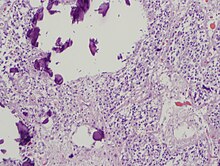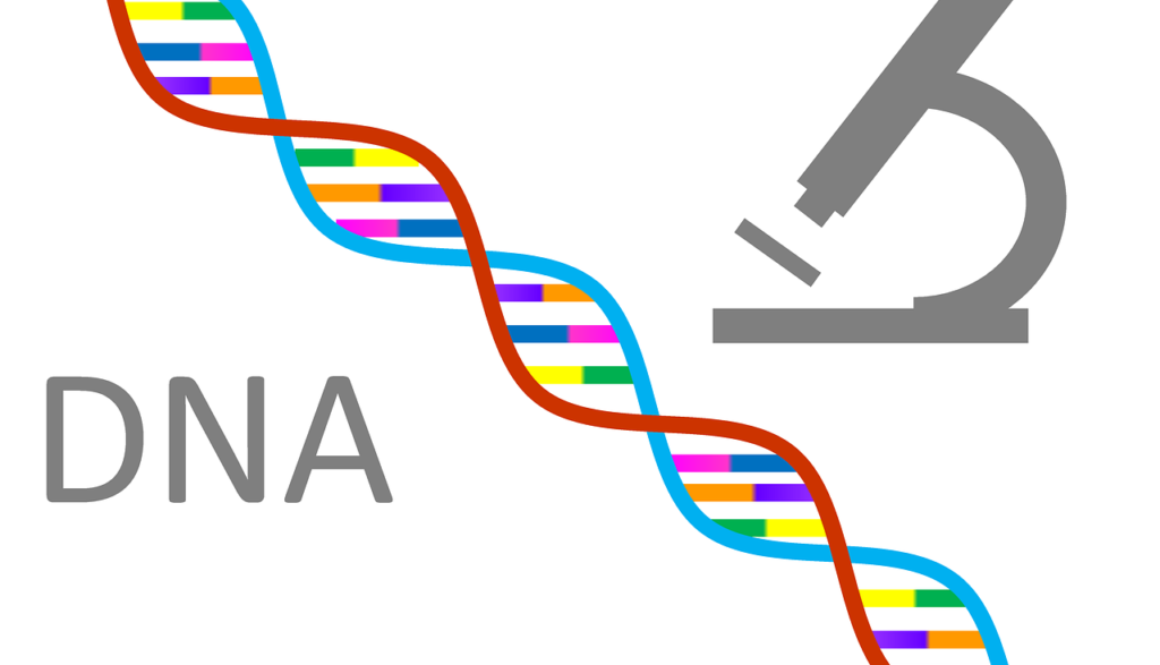


“I AM” ~ “I HAVE” ~ “I AM” ? SHABDA *PERFORMO*
“I AM” ~ “I HAVE” ~ “I AM” ~ PULSE SENSORIUM “EYE”
?
TODAY IS GRAND. I KNOW THAT THE WORD GRAND IS A VIBRATION THE WORD GRAND IS A FREQUENCY THE WORD GRAND IS A WORD THAT IS A SYMBOL THE WORD GRAND RESONATES WITH THE NERVOUS SYSTEM AS A PRODUCTION, THE WORD GRAND PRODUCES AN EXPERIENCE ~ A “SENSE” EXPERIENCE CIRCULATING IN THE KINGDOM, THE KINGDOM WHERE “I” IS ~ THE KINGDOM THAT IS THE NERVOUS SYSTEM THE SENSE OF “ISNESS” THE SENSORIUM “I FEEL IT” THE SELF- AWARENESS OF SELF ~ THE NEUROLOGICAL ACTIVATION OF FEELING, THE FEELING IS A VIBRATION OF “ISNESS”… THE STILL MAGNETIC ONENESS THAT IS ACTIVATED BY THE ELECTRICAL FOCUSED ATTENTION; THE FOCAL POINT THAT IS THE FREQUENCY… THE FREQUENCY THAT IS THE EYE. THE SINGLE EYE OF VISION THE “I” THAT “I HAVE” IS. “I AM.”
“I AM” ~ “I HAVE” ~ “I AM”
“I HAVE” IS A FREQUENCY “I HAVE” IS ABSOLUTE OWNERSHIP OF SELF- KNOWLEDGE “I HAVE” IS ABSOLUTE OWNERSHIP OF SELF- AWARENESS. “I HAVE” IS THE STATE OF VIBRATION THAT “I” OCCUPY AS “I” FEEL THE TRANSMITTANCE OF DNA-RNA REPLICATION—THE CODON. TO FEEL IS TO KNOW THE INTELLIGENCE THAT IS OPERATING IN THE CELLULAR AWARENESS OF SELF— SELF IS SELF-ACTIVATED.
“I AM” ~ “I HAVE” ~ “I AM”
“I HAVE” IS AN EXPERIENCE. THE WORD “HAVE” IS AN “EXPERIENCE”….THE ETYMOLOGICAL DEFINITION OF “HAVE” IS ~EXPERIENCE~ I EXPERIENCE THE FOCAL POINT OF AWARENESS AS A CIRCULATORY PRODUCTION IN THE COSMIC TRANSMISSION OF “I AM.” LIFE IS IN-VISIBLE I FEEL LIFE AS “I” SPEAK ITS PERFECTION THE IN-VISIBLE IS VISIBLE. “I HAVE!”
“I AM” ~ “I HAVE” ~ “I AM”
“HAVE” IS A PERFORMANCE A “SENSE” OF POSSESSION. “HAVE” IS READINESS TO PERFORM. “I AM” ~ “I HAVE” ~ “I AM.” TO PERFORM IS TO FULFILL TO PERFORM IS TO FUNCTION TO PERFORM IS TO BE… TO PERFORM IS TO CARRY OUT— TO PERFORM IS TO ACCOMPLISH TO PERFORM IS TO COMPLETE TO PERFORM IS TO PROVIDE TO PERFORM IS TO FURNISH. PERFORMO “TO FORM THOROUGHLY, TO FORM.” TO MAKE TO CONSTRUCT TO COME TRUE. THE WORD TRUE IS TO POSITION THE WORD TRUE IS TO BE ACCURATE THE WORD TRUE IS ACTUAL ~ “I HAVE!”
“I AM” ~ “I HAVE” ~ “I AM”
GOD IS AETHER ? SPACE IS FULL
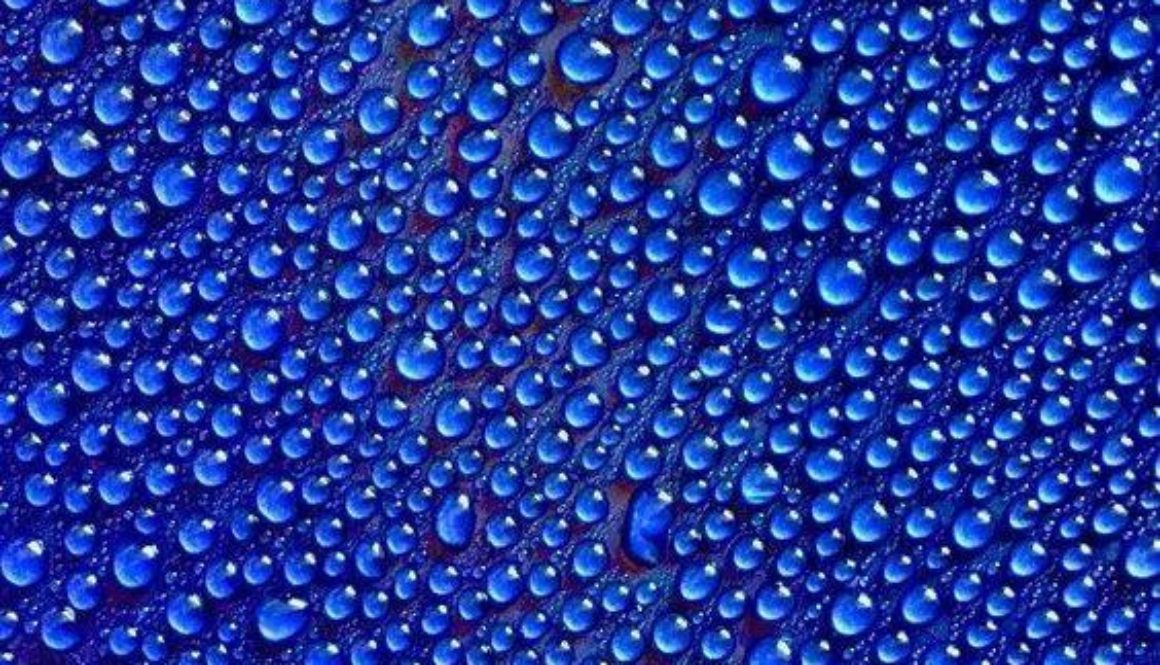
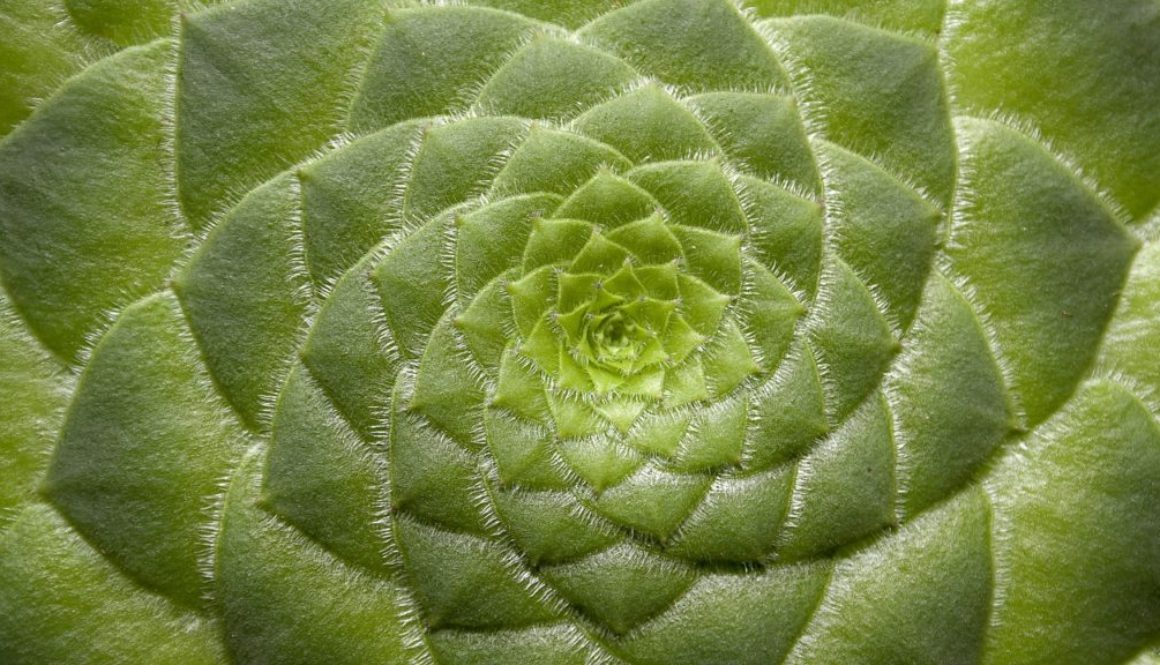
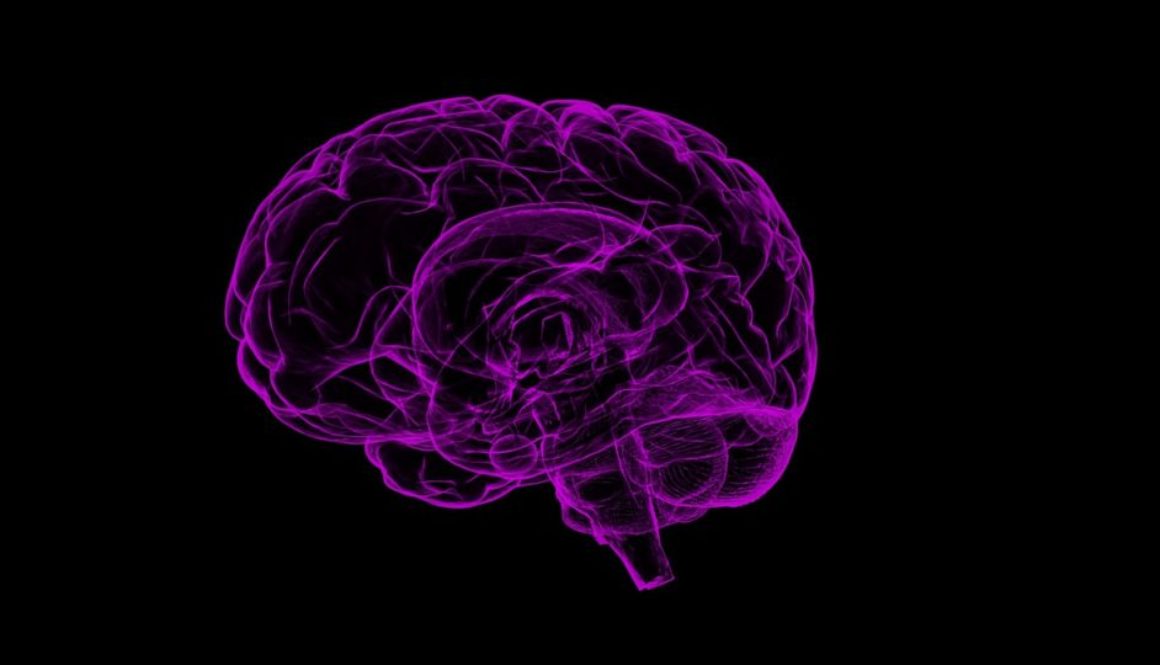
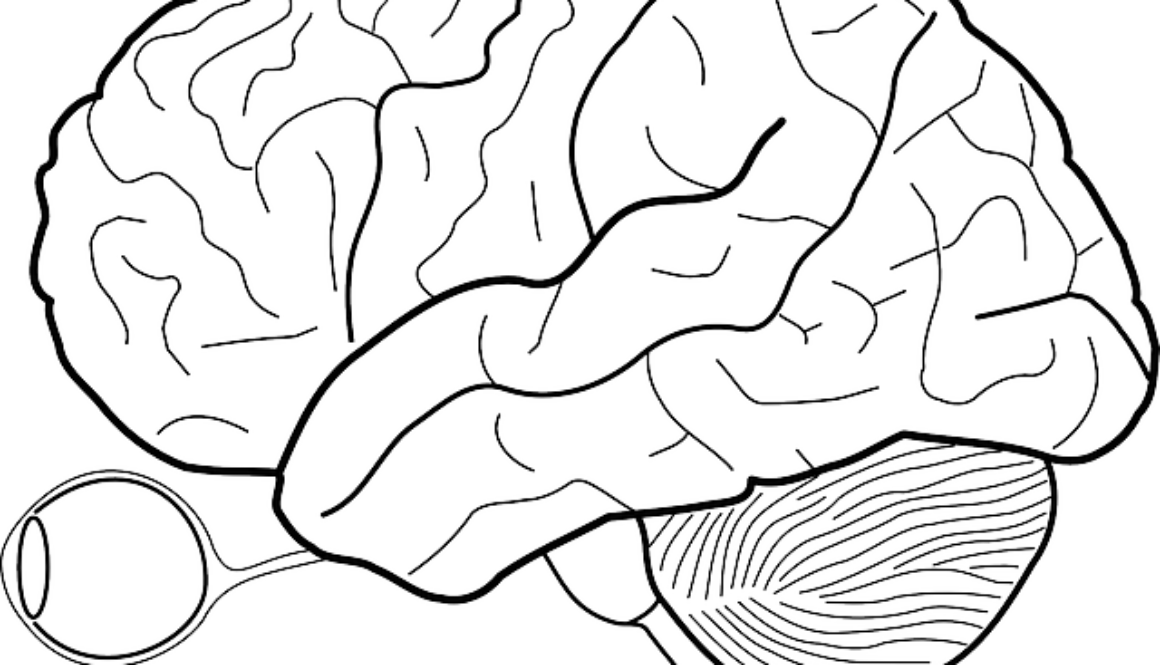

PARIETAL EYE “PHOTORECEPTIVE” THIRD EYE ?LIGHT INFORMATION “CRYSTAL”
THE PINEAL GLAND THE VISION THE EYE ~ INTUITION
?
The results of various scientific research in evolutionary biology, comparative neuroanatomy and neurophysiology, have explained the phylogeny of the pineal gland in different vertebrate species. From the point of view of biological evolution, the pineal gland represents a kind of atrophied photoreceptor. In the epithalamus of some species of amphibians and reptiles, it is linked to a light-sensing organ, known as the parietal eye, which is also called the pineal eye or third eye.[8]
René Descartes believed the pineal gland to be the “principal seat of the soul.” Academic philosophy among his contemporaries considered the pineal gland as a neuroanatomical structure without special metaphysical qualities; science studied it as one endocrine gland among many.
The pineal gland is a midline brain structure that is unpaired. It takes its name from its pine-cone shape.[1][9] The gland is reddish-gray and about the size of a grain of rice (5–8 mm) in humans. The pineal gland, also called the pineal body, is part of the epithalamus, and lies between the laterally positioned thalamic bodies and behind the habenular commissure. It is located in the quadrigeminal cistern near to the corpora quadrigemina.[10] It is also located behind the third ventricle and is bathed in cerebrospinal fluid supplied through a small pineal recess of the third ventricle which projects into the stalk of the gland.[11]
Blood supply
Unlike most of the mammalian brain, the pineal gland is not isolated from the body by the blood–brain barrier system;[12] it has profuse blood flow, second only to the kidney,[13] supplied from the choroidal branches of the posterior cerebral artery.
Nerve supply
The pineal gland receives a sympathetic innervation from the superior cervical ganglion. A parasympathetic innervation from the pterygopalatine and otic ganglia is also present.[14] Further, some nerve fibers penetrate into the pineal gland via the pineal stalk (central innervation). Also, neurons in the trigeminal ganglion innervate the gland with nerve fibers containing the neuropeptide PACAP.
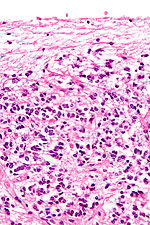

The pineal body consists in humans of a lobular parenchyma of pinealocytes surrounded by connective tissue spaces. The gland’s surface is covered by a pial capsule.
The pineal gland consists mainly of pinealocytes, but four other cell types have been identified. As it is quite cellular (in relation to the cortex and white matter), it may be mistaken for a neoplasm.[15]
FUNCTION
The primary function of the pineal gland is to produce melatonin. Melatonin has various functions in the central nervous system, the most important of which is to help modulate sleep patterns. Melatonin production is stimulated by darkness and inhibited by light.[27][28] Light sensitive nerve cells in the retina detect light and send this signal to the suprachiasmatic nucleus (SCN), synchronizing the SCN to the day-night cycle. Nerve fibers then relay the daylight information from the SCN to the paraventricular nuclei (PVN), then to the spinal cord and via the sympathetic system to superior cervical ganglia(SCG), and from there into the pineal gland.
The compound pinoline is also claimed to be produced in the pineal gland; it is one of the beta-carbolines.[29] This claim is subject to some controversy.
Regulation of the pituitary gland
Studies on rodents suggest that the pineal gland influences the pituitary gland‘s secretion of the sex hormones, follicle-stimulating hormone (FSH), and luteinizing hormone (LH). Pinealectomy performed on rodents produced no change in pituitary weight, but caused an increase in the concentration of FSH and LH within the gland.[30] Administration of melatonindid not return the concentrations of FSH to normal levels, suggesting that the pineal gland influences pituitary gland secretion of FSH and LH through an undescribed transmitting molecule.[30]
The pineal gland contains receptors for the regulatory neuropeptide, endothelin-1,[31] which, when injected in picomolarquantities into the lateral cerebral ventricle, causes a calcium-mediated increase in pineal glucose metabolism.[32]
*Material Provided By: WIKIPEDIA

“I AM” ~ “I HAVE” ~ “I AM” ? SHABDA *PERFORMO*
“I AM” ~ “I HAVE” ~ “I AM” ~ PULSE SENSORIUM “EYE”
?
TODAY IS GRAND. I KNOW THAT THE WORD GRAND IS A VIBRATION THE WORD GRAND IS A FREQUENCY THE WORD GRAND IS A WORD THAT IS A SYMBOL THE WORD GRAND RESONATES WITH THE NERVOUS SYSTEM AS A PRODUCTION, THE WORD GRAND PRODUCES AN EXPERIENCE ~ A “SENSE” EXPERIENCE CIRCULATING IN THE KINGDOM, THE KINGDOM WHERE “I” IS ~ THE KINGDOM THAT IS THE NERVOUS SYSTEM THE SENSE OF “ISNESS” THE SENSORIUM “I FEEL IT” THE SELF- AWARENESS OF SELF ~ THE NEUROLOGICAL ACTIVATION OF FEELING, THE FEELING IS A VIBRATION OF “ISNESS”… THE STILL MAGNETIC ONENESS THAT IS ACTIVATED BY THE ELECTRICAL FOCUSED ATTENTION; THE FOCAL POINT THAT IS THE FREQUENCY… THE FREQUENCY THAT IS THE EYE. THE SINGLE EYE OF VISION THE “I” THAT “I HAVE” IS. “I AM.”
“I AM” ~ “I HAVE” ~ “I AM”
“I HAVE” IS A FREQUENCY “I HAVE” IS ABSOLUTE OWNERSHIP OF SELF- KNOWLEDGE “I HAVE” IS ABSOLUTE OWNERSHIP OF SELF- AWARENESS. “I HAVE” IS THE STATE OF VIBRATION THAT “I” OCCUPY AS “I” FEEL THE TRANSMITTANCE OF DNA-RNA REPLICATION—THE CODON. TO FEEL IS TO KNOW THE INTELLIGENCE THAT IS OPERATING IN THE CELLULAR AWARENESS OF SELF— SELF IS SELF-ACTIVATED.
“I AM” ~ “I HAVE” ~ “I AM”
“I HAVE” IS AN EXPERIENCE. THE WORD “HAVE” IS AN “EXPERIENCE”….THE ETYMOLOGICAL DEFINITION OF “HAVE” IS ~EXPERIENCE~ I EXPERIENCE THE FOCAL POINT OF AWARENESS AS A CIRCULATORY PRODUCTION IN THE COSMIC TRANSMISSION OF “I AM.” LIFE IS IN-VISIBLE I FEEL LIFE AS “I” SPEAK ITS PERFECTION THE IN-VISIBLE IS VISIBLE. “I HAVE!”
“I AM” ~ “I HAVE” ~ “I AM”
“HAVE” IS A PERFORMANCE A “SENSE” OF POSSESSION. “HAVE” IS READINESS TO PERFORM. “I AM” ~ “I HAVE” ~ “I AM.” TO PERFORM IS TO FULFILL TO PERFORM IS TO FUNCTION TO PERFORM IS TO BE… TO PERFORM IS TO CARRY OUT— TO PERFORM IS TO ACCOMPLISH TO PERFORM IS TO COMPLETE TO PERFORM IS TO PROVIDE TO PERFORM IS TO FURNISH. PERFORMO “TO FORM THOROUGHLY, TO FORM.” TO MAKE TO CONSTRUCT TO COME TRUE. THE WORD TRUE IS TO POSITION THE WORD TRUE IS TO BE ACCURATE THE WORD TRUE IS ACTUAL ~ “I HAVE!”
“I AM” ~ “I HAVE” ~ “I AM”
GOD IS AETHER ? SPACE IS FULL

SENSITIF ? “I AM”
“SENSORIUM”
?
SENSITIVE late 14c., in reference to the body or its parts, “having the FUNCTION of SENSATION;” also (early 15c.) “pertaining to the falculty of the soul that receives and analyzes sensory information;” from old French sensitif “capable of feeling;” (13c.) and directly from Medieval Latin sensitivus “capable of sensation,” from Latin sensus, past participle of sentire “feel perceive.” SENSE. (etymology.com)
❗️THIS VIDEO HAS INFORMATION THAT IS LIGHT ~ USE YOUR FEELING ABILITY❗️
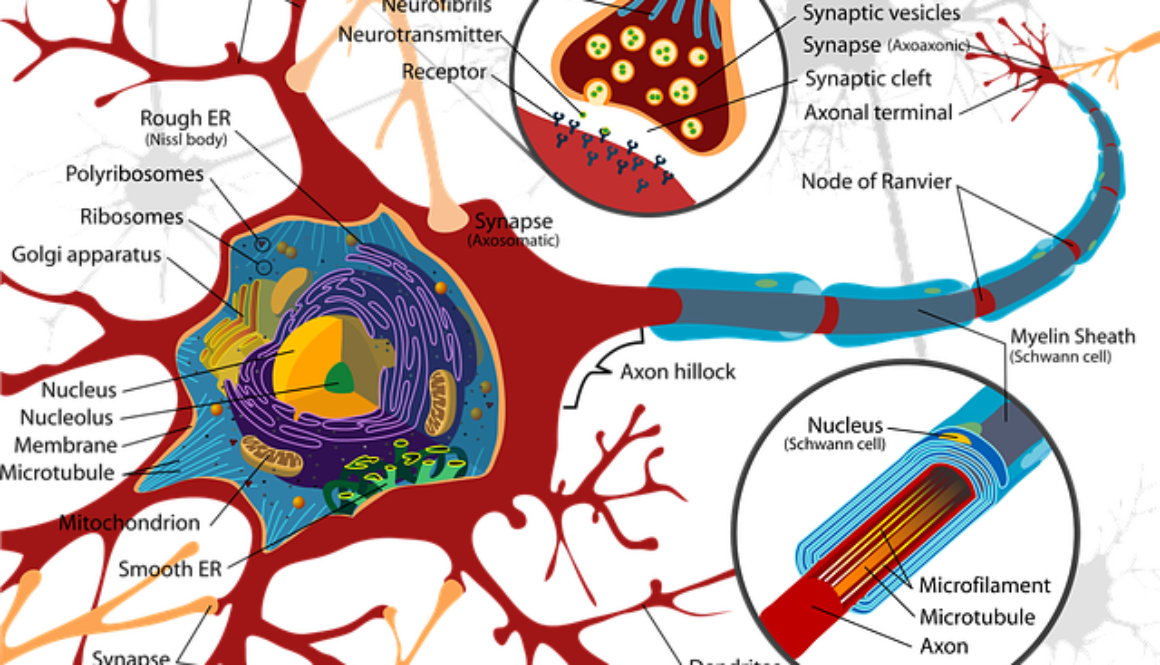
NERVE ANATOMY ? FREQUENCY ~ VIBRATION “SHABDA” CELLULAR AWARENESS
CELLULAR AWARENESS ~ “I AM”
?
NERVES
Nervous Tissue
The majority of the nervous system is tissue made up of two classes of cells: neurons and neuroglia.
Neurons
Neurons, also known as nerve cells, communicate within the body by transmitting electrochemical signals. Neurons look quite different from other cells in the body due to the many long cellular processes that extend from their central cell body. The cell body is the roughly round part of a neuron that contains the nucleus, mitochondria, and most of the cellular organelles. Small tree-like structures called dendrites extend from the cell body to pick up stimuli from the environment, other neurons, or sensory receptor cells. Long transmitting processes called axons extend from the cell body to send signals onward to other neurons or effector cells in the body.
There are 3 basic classes of neurons: afferent neurons, efferent neurons, and interneurons.
- Afferent neurons. Also known as sensory neurons, afferent neurons transmit sensory signals to the central nervous system from receptors in the body.
- Efferent neurons. Also known as motor neurons, efferent neurons transmit signals from the central nervous system to effectors in the body such as muscles and glands.
- Interneurons. Interneurons form complex networks within the central nervous system to integrate the information received from afferent neurons and to direct the function of the body through efferent neurons.
Neuroglia
Neuroglia, also known as glial cells, act as the “helper” cells of the nervous system. Each neuron in the body is surrounded by anywhere from 6 to 60 neuroglia that protect, feed, and insulate the neuron. Because neurons are extremely specialized cells that are essential to body function and almost never reproduce, neuroglia are vital to maintaining a functional nervous system.
Nerves
Nerves are bundles of axons in the peripheral nervous system (PNS) that act as information highways to carry signals between the brain and spinal cord and the rest of the body. Each axon is wrapped in a connective tissue sheath called the endoneurium. Individual axons of the nerve are bundled into groups of axons called fascicles, wrapped in a sheath of connective tissue called the perineurium. Finally, many fascicles are wrapped together in another layer of connective tissue called the epineurium to form a whole nerve. The wrapping of nerves with connective tissue helps to protect the axons and to increase the speed of their communication within the body.
- Afferent, Efferent, and Mixed Nerves. Some of the nerves in the body are specialized for carrying information in only one direction, similar to a one-way street. Nerves that carry information from sensory receptors to the central nervous system only are called afferent nerves. Other neurons, known as efferent nerves, carry signals only from the central nervous system to effectors such as muscles and glands. Finally, some nerves are mixed nerves that contain both afferent and efferent axons. Mixed nerves function like 2-way streets where afferent axons act as lanes heading toward the central nervous system and efferent axons act as lanes heading away from the central nervous system.
- Cranial Nerves. Extending from the inferior side of the brain are 12 pairs of cranial nerves. Each cranial nerve pair is identified by a Roman numeral 1 to 12 based upon its location along the anterior-posterior axis of the brain. Each nerve also has a descriptive name (e.g. olfactory, optic, etc.) that identifies its function or location. The cranial nerves provide a direct connection to the brain for the special sense organs, muscles of the head, neck, and shoulders, the heart, and the GI tract.
- Spinal Nerves. Extending from the left and right sides of the spinal cord are 31 pairs of spinal nerves. The spinal nerves are mixed nerves that carry both sensory and motor signals between the spinal cord and specific regions of the body. The 31 spinal nerves are split into 5 groups named for the 5 regions of the vertebral column. Thus, there are 8 pairs of cervical nerves, 12 pairs of thoracic nerves, 5 pairs of lumbar nerves, 5 pairs of sacral nerves, and 1 pair of coccygeal nerves. Each spinal nerve exits from the spinal cord through the intervertebral foramen between a pair of vertebrae or between the C1 vertebra and the occipital bone of the skull. (innerbody.com)
